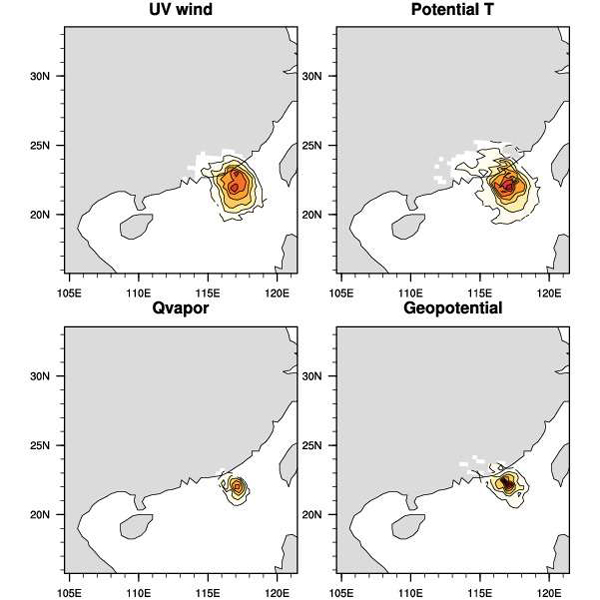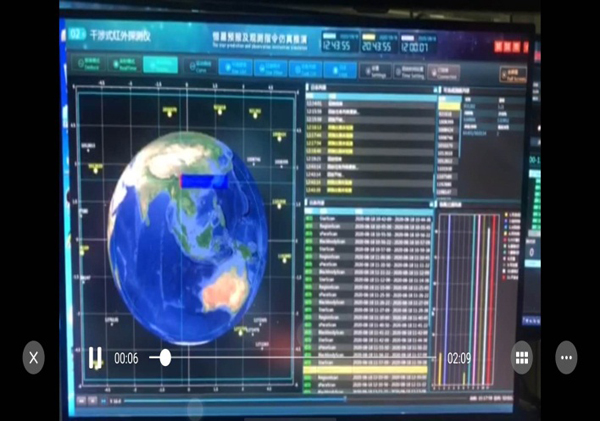Typhoon Higos approached China’s southern coast on August 18, 2020, and hit the land on August 19, bringing high winds and rain. The process is well captured and analyzed by collaboration among the Institute of Atmospheric Physics (IAP) at the Chinese Academy of Sciences, the Department of Atmospheric and Oceanic Sciences of Fudan University and the Numerical Prediction Center and the National Satellite Meteorological Center (NMSC) of the China Meteorological Administration. The joint efforts started the adaptive observation on the typhoon.
The scientists from the IAP identified the key areas for typhoon Higos using the conditional nonlinear optimal perturbation (CNOP) method, where the observations are most probable to improve the forecast. Fengyun Satellite (FY-4) "captured" typhoon Higos (202007) and transferred the data back to NMSC, which marks the first integration of the theoretical research and the operational observations.
"Large scale observation is not only costly but also difficult to practice in a real world. Adaptive observation aims at increasing additional but limited observations only within some key areas to obtain the most useful information on severe weather/climate events forecasts of concerned." Said Prof. DUAN Wansuo, a scientist from the State Key Laboratory of Numerical Modeling for Atmospheric Sciences and Geophysical Fluid Dynamics (LASG) of IAP. "So observations covering such key areas of the typhoon are really helpful for improving both the initial conditions of the numerical model and the forecast skills."

Figure 1 Sensitive area for adaptive observations (Image by QIN xiaohao)
In this collaboration, the CNOP-adaptive observing approach, proposed by MU Mu's Team from Fudan University and DUAN's Team from the LASG/IAP, was used to identify the key areas of the typhoon Higos (202007) forecast. (see Figure 1, which was calculated by Dr. QIN Xiaohao from the LASG) And the FY-4 transferred the data to the NSMC at every 30 minutes starting from 8pm August 18 (see Figure 2, provided by Dr. YANG Lei from the NSMC)

Figure 2 Real-time observation data transferred from FY-4 (Image by YANG Lei)
